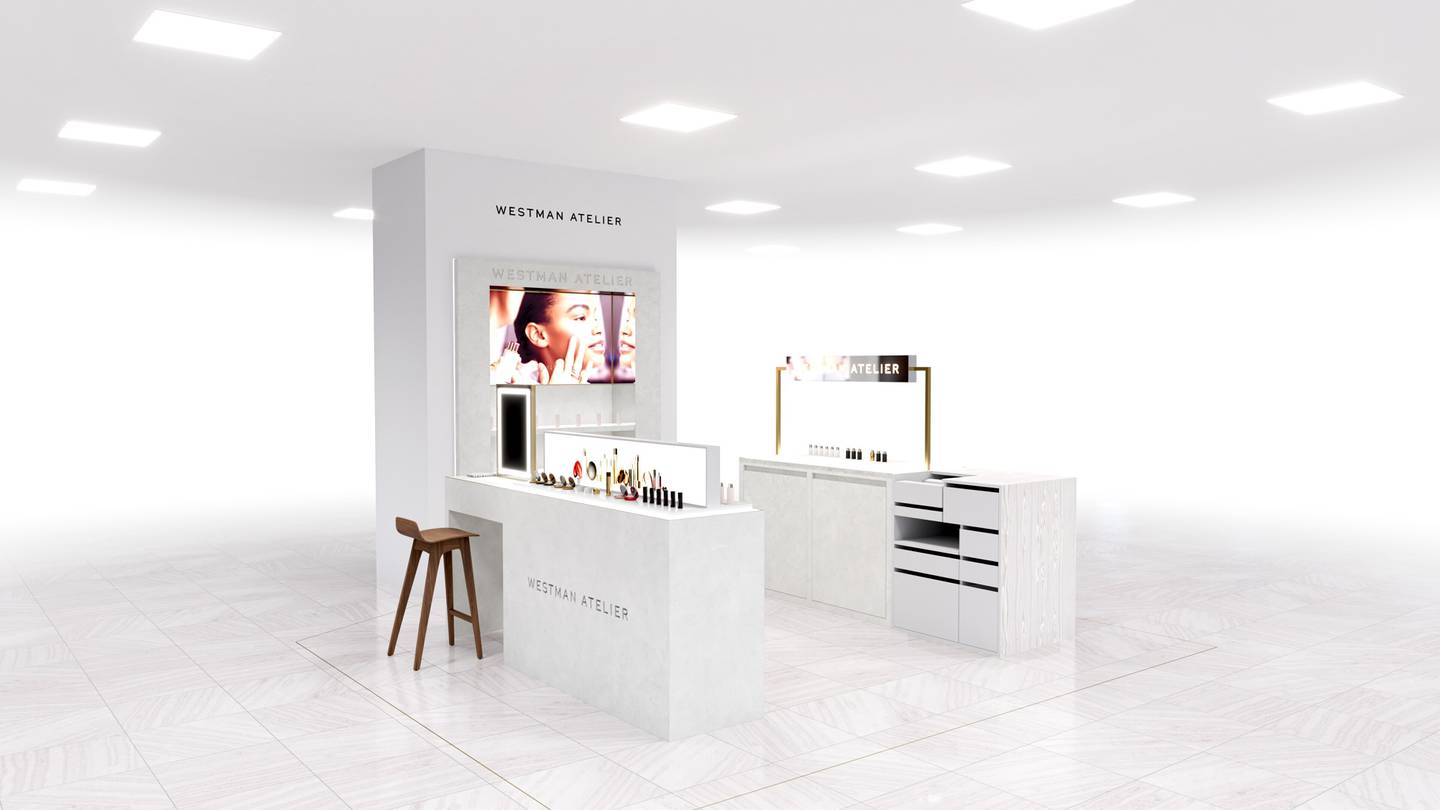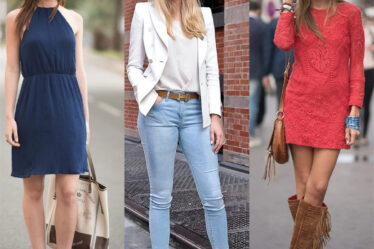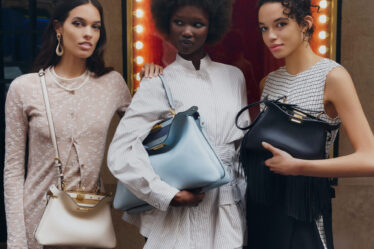
When Gucci Westman launched her makeup line, Westman Atelier, in 2018, the conventional wisdom for new brands was that they needed to grow, grow, grow. Anastasia Beverly Hills, Huda Beauty, Morphe and other upstarts used influencer partnerships and frequent product drops to stay out in front of each new trend. They were quickly rewarded with stratospheric sales and hefty private equity investments and came to embody the “Instagram makeup” look that dominated the end of the last decade.
Westman Atelier’s rise has been more of a slow burn. The brand, created by the makeup artist and her husband, Rag & Bone co-founder David Neville, launched with six products, mostly focused on complexion, Westman’s speciality as a makeup artist. The range has expanded to 12 products today, plus brushes, but still doesn’t include a traditional lipstick or an eyeshadow palette, two products that have been significant revenue drivers for countless makeup lines. Instead, Vital Skin, a stick foundation with skin care ingredients that retails for $68, emerged as an early hero product, and bestsellers include blush and highlighter sticks.
The brand hasn’t hit the same heights as its rivals as a result. Westman Atelier is on track to hit $60 to $70 million in sales in 2022, compared with hundreds of millions of dollars annually for the brands started by fellow makeup artists Huda Kattan and Charlotte Tilbury. But that’s changing fast: Westman’s line entered Sephora last year, where sales are “wildly exceeding expectations,” according to Alison Hahn, senior vice president of makeup and fragrance at the retailer. The brand recently doubled its space at Bergdorf Goodman and later this month will open a custom counter at Selfridges in London.
Westman Atelier’s recent success comes as people emerge from the pandemic willing to spend more on makeup. Prestige makeup sales in the US are up 20 percent this year compared to 2021, according to The NPD Group. And while demand for neon eyeshadow or liquid matte lipstick with matching liner comes and goes, the sort of elevated basics Westman sells are a constant in makeup routines.
“Consumers [are] indulging and ‘premium-ising,’” said Larissa Jensen, vice president and industry analyst at The NPD Group.
Westman’s deliberate approach to her brand, from product development to package design, has helped establish her as an authority in those core categories (she is also a well-known name in the beauty world, including previous roles as artistic director at Lancôme and Revlon, and an A-list clientele Gwyneth Paltrow to Jennifer Aniston). Westman Atelier sticks and compacts are mostly matte pastel pink and black or gold, with magnetic caps and mixed metal accents.
Products are sturdy with scrupulous details; they’re almost too heavy and too nice to throw in your purse. They’re fit to be displayed alongside Hermés Beauty’s colour-blocked tubes of lipstick that debuted in September 2020. Westman Atelier is priced just as luxuriously: a lip colour compact costs $85 and a cream highlighter $75.
Product Comes First
Westman Atelier has also only raised $15 million to date from Prelude Growth Partners, which has led all financing rounds since 2018, Imaginary Ventures and Andrew Rosen, who sits on the brand’s board. The brand employs about 60 people, including an in-house chemist, and opened its own lab in New Jersey last summer.
Westman has never relied on influencer partnerships (the brand doesn’t pay content creators but gifts new releases) or product collaborations. Nor does she follow a launch calendar; her products come out when they’re ready.
“On the one hand, it’s not a drop-heavy business, it’s not a newness, newness, newness business,” said Nick Brown, co-founder and partner of Imaginary Ventures. ”But on the other hand, they do launch new palettes, new products — and when they do, the customer goes crazy.”
Westman held up the release of a new pressed setting powder for a year because she was unable to source an ingredient (it now comes out in May). A second foundation will finally come out in later summer, which Westman and Neville say is the brand’s biggest launch to date.
“It’s lighter than the stick,” she explained. “It’s easy-going, like if you just want your skin to look like you just had a quick facial.”
Like Vital Skin, the new liquid formula is “super active [ingredient] heavy,” according to Westman.
Westman Atelier’s minimalist approach to its products hasn’t always served it well. After its launch, about 18 months after Fenty Beauty made 40 shades of foundation the new benchmark, the brand was criticised for offering only 11 shades. Since then, the line has nearly doubled its shade range (and will hopefully expand it further).
Retail Strategy
A small retail presence prior to 2021 — the brand was carried at places like Credo Beauty, Violet Grey and Barneys New York, until it closed — benefited the brand during the pandemic. Consumers were hesitant to shop for beauty at speciality retailers, which comprise the majority of sales for many beauty brands, while many stopped wearing makeup altogether.
“It was an incubation period where we were fortunate to really buck the colour makeup trends,” Neville said.
Even the brand’s Sephora launch was conservative, with products listed on the retailer’s website and available in 38 locations. A wider rollout is planned for 2023.
Westman Atelier’s prices are higher. Vital Skin, for example, costs 40 to 70 percent more than Nars’ $40 to $49 foundations and stores have to make space for the brand’s entire range.
A “trio of pillars” differentiates Westman Atelier from other makeup labels in the store. “One is luxury, one is artistry and one is clean,” said Sephora’s Hahn. “When we looked at our portfolio at the time, there was not one brand that had that trio.”
The brand’s Sephora sales in 2021 were more than double initial projections, according to Neville. “We did what they [Sephora] projected us to do the full year in the first four months,” he said.
Sephora adopted a similar strategy with Pat McGrath Labs, another premium makeup artist-founded label that initially launched in just 29 stores in 2017 (166 today). Bolder products that focus on eye and lip differ from Westman’s minimalist aesthetic and complexion-driven range, but both lines have that luxury positioning in-store. McGrath’s pigmented eye shadow palettes cost $125 each.
“Sephora had such a focus on this ‘cool, hip’ colour stuff that there was an opening for this new, prestige brand that was offering just really effective basics,” said Michelle Kluz, a partner at Kearney, a global consultancy.
Luxury basics, of course.



